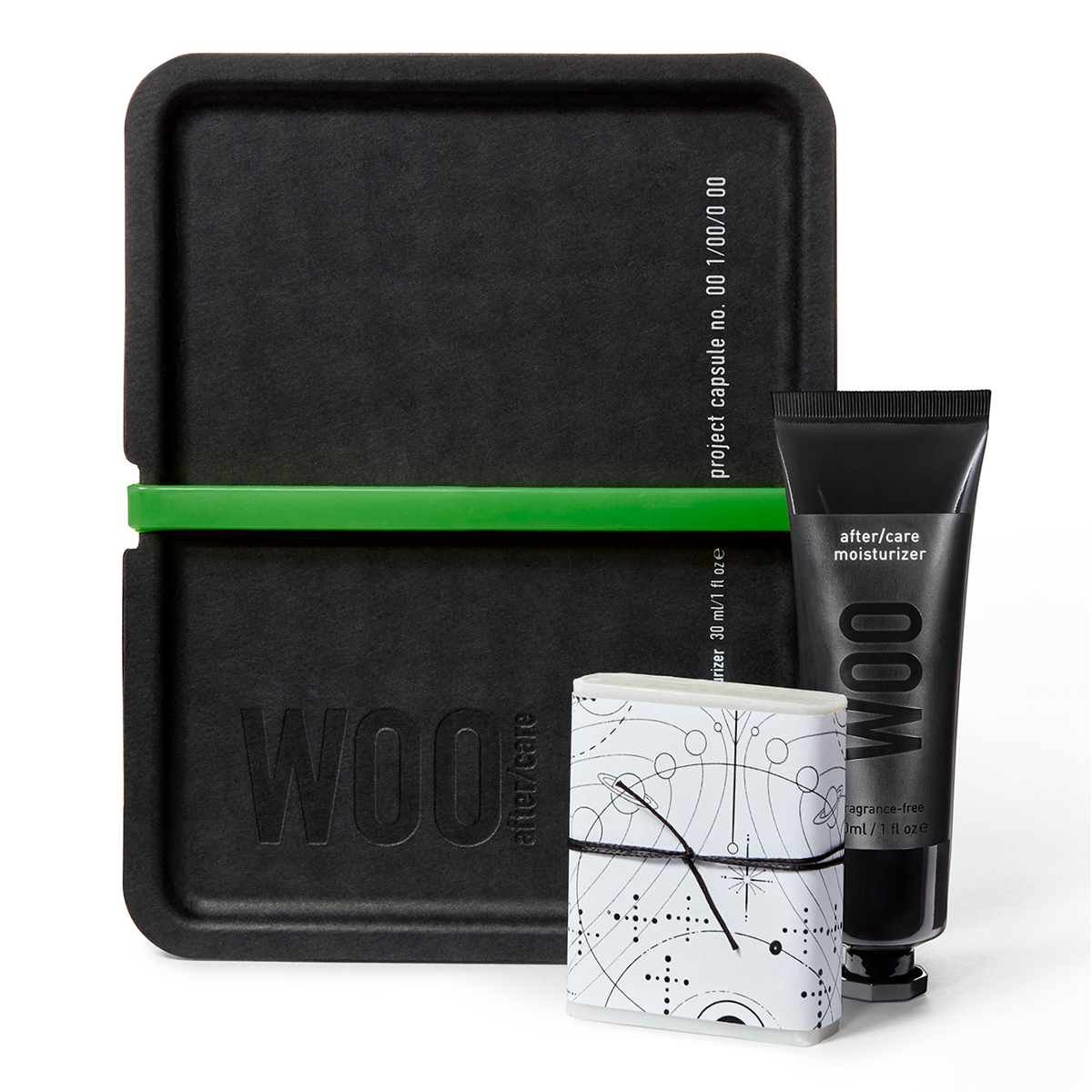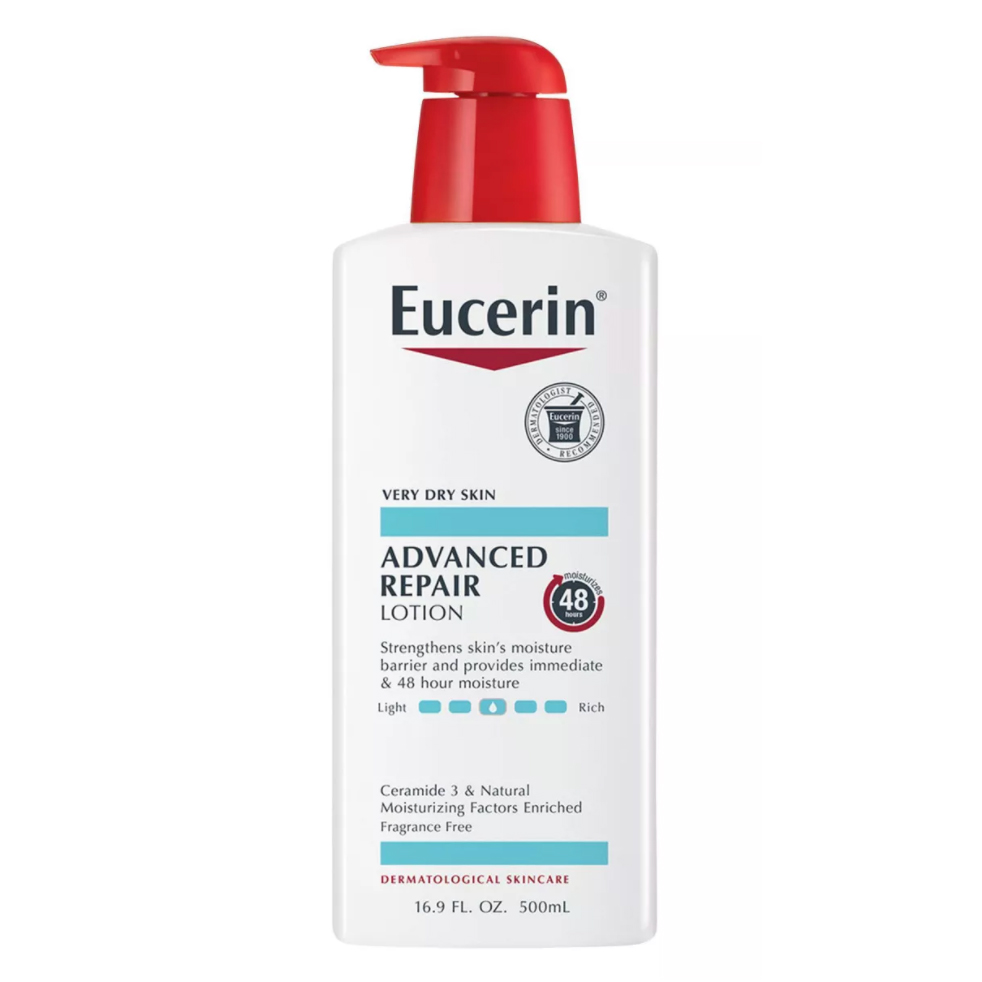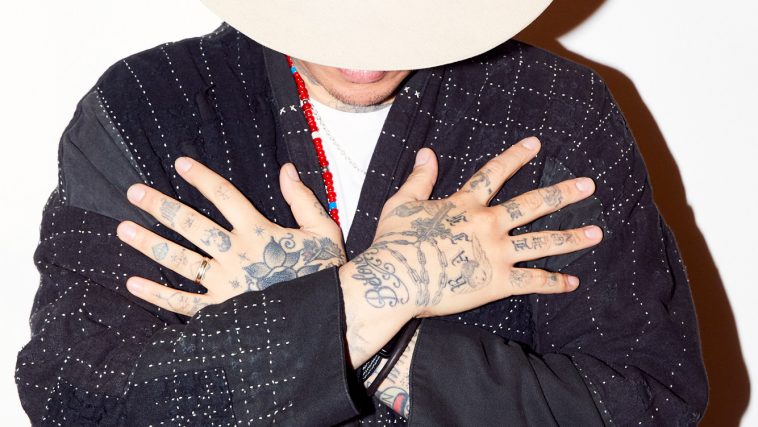
Plus, tips for helping them look better, longer.
In the vast universe of tattoo placement, finger tattoos are one of the most ubiquitous. Less pronounced than a hand or palm tattoo, but not exactly hidden beneath layers of clothing either, this area has seen surging mainstream popularity in the last few years. Remember when Cara Delevingne got that lion design from Keith “Bang Bang” McCurdy and the internet lost its collective mind? Regardless of whether you’re an international celebrity or not, the location is popular with newbies and veteran ink connoisseurs alike—despite the additional wear and tear these tattoos are susceptible to—and tattoo artists are seeing more clients than ever requesting finger designs.
“It’s a really small area, so you have to be nimble with your fingers to make sure you get that ink to stay in the spots that you need it to go in,” explains celebrity tattoo artist Brian Woo, aka Dr. Woo. “Also, the cracks, the folds, and the thin nature of the finger make the application a little bit tougher than other areas.”
Aside from the challenges the artists face tattooing that area, would-be clients should also take into account the increased nerve sensitivity. Think about it—you’re using your fingers to touch and feel legitimately everything around you, so it’s understandable that tattooing them would be slightly more painful than, say, your arm or leg. John Reardon, the owner of Greenpoint Tattoo Co., reveals that he’s had clients who were otherwise heavily tattooed struggle during a finger tattoo session. “[One] screamed so loud that one of the people who live above the shop came down because she thought someone was being attacked.” Of course, everyone’s pain threshold is different, but it’s something to keep in mind if you’re brand-new to tattooing.
Placement on the finger can also affect how well the tattoo will heal and influence whether or not you’ll see serious fading. Says Reardon, “The tops of your fingers between the knuckles is the best place for a tattoo.” The sides of the fingers, your knuckles, and the finger pads will experience the most movement and might require a touch-up later on (although that’s an entirely personal choice and certainly not required) in order to maintain the design.
As everyone who has been tattooed knows, how you treat your tattoo after your initial session can seriously affect the quality of the line work and shading. Rosa Perr, the founder and artist behind Bluestone Babe hand-poke tattoos, explains, “Finger tattoos are challenging because the skin on our hands is constantly in motion. We use our hands so much, wash our hands so much (now more than ever), that the ink fades fast. The skin on our hands also regenerates at a much faster pace than elsewhere on our bodies.”
Constant friction to any tattoo can wear down the ink over time, meaning the lines won’t look as crisp as they once did. Says Woo, “That skin is exposed to more environment and weathering, and we use them more often than other parts of the body that are hidden away from the sun. As they heal, the skin will protect itself by pushing out anything [the] skin finds foreign, so naturally, ink does not sit well on the fingers.”
In terms of aftercare, different artists will recommend their own regimens, as well as their favorite products to keep the tattoo moisturized from the initial healing stage (when the tattoo can scab and itch) to the everyday maintenance. But avoiding activities wherein your tattoo is submerged in water—like washing dishes, swimming, or taking a long bath—is essential, no matter where your design is located, for at least a few weeks. After that, using a moisturizing product regularly will ensure that your tattoo looks its best for years to come.
A good rule of thumb to help your finger tattoo age well is sticking with simple designs. As Reardon explains, “It should be easy to tell what the image is from five feet away. Also, as with all tattoos, the design should have black lines. Black ink creates the contrast needed to make that tattoo bold and readable, and it holds the tattoo together. Without black ink, your tattoo will probably end up looking like some kind of funky skin disease in a few years.”
Still, all three artists stress the beauty and character of an aged tattoo. Rather than expecting your finger tattoo to look brand-new for the rest of your life, it’s wise to embrace the fact that it will grow right along with you, fading, fuzzy lines and all. “I personally don’t mind a faded tattoo; I think it looks worn in a sexy, vintage way,” says Perr. Reardon doesn’t recommend that his clients get their fingers retouched over time, but says that if any ink has fallen out, you should let the skin heal and visit your artist to re-tattoo that area after two months. Woo cautions that anyone looking for a touch-up should realize, “over time the ink can spread under the skin, so you also want to make sure you don’t put too much ink back in so it doesn’t blow up and turn into a blob.”
So are any of these artists tired of finger tattoos altogether? Perr reveals, “Finger tattoos are some of my favorites in terms of appearance and were actually my very first tattoos I ever got.” Says Woo, “I’m not tired of doing them, but I do always preface it with the knowledge and understanding the expectations of the longevity of finger tattoos.” And Reardon? “I am definitely tired of doing finger tattoos. They aren’t that easy to do, and you never know how well a client will take care of it. There has been many a time, after tattooing someone’s fingers, I have sworn to never tattoo them again. Then the tattoo comes back and it has healed perfectly and I think, ‘Well, maybe I will do another one if it comes up.’”

Dr. Woo: “I’ve been working these last two years on developing [these products]. The Woo Aftercare Kit has a gentle clean soap, formulated with clean ingredients including coconut oil, which helps wipe away bacteria and dirt that accumulates daily without over irritating even the most sensitive skin. As with all Woo products, you can use it even if you don’t have tattoos and it is available for purchase separately. We also have a water-based moisturizer in the kit with essential ingredients like sesame seed oil and chamomile to help maintain the beauty of the tattoo as the skin naturally heals.”

John Reardon: “I use a basic skin moisturizer such as Aveeno or Eucerin. Anything with petroleum jelly in it is too thick and can draw the ink out of the skin. It’s fine if that’s all you have. Bepanthen is great too if you can get it.”

Rosa Perr: “[I recommend that my clients use] coconut oil. People already have it around, it’s the most natural option, and it’s what I personally use. And it smells nice!”


